The dangers of free patent search tools
Free patent search tools can cost you in the long term—not just in the form of money, but time and risk too. A study by Jürgen and Clarke in the World Patent Information Journal (Volume 52), compared several free patent search tools and found limitations such as the inability to save a search and share information, missing data, and limited or no statistical analysis. After speaking to several IP consultants, I’ve identified some common problems that their clients experience when using free tools.
Missing data
Free tools are often missing data which can affect the accuracy of your research. These tools take a while to update their databases so you might miss a crucial patent. This could cost you your entire project and potentially land you in a lawsuit. For example, you might miss a patent attached to a larger family. Although INPADOC allows you to view patent families and continuations, it can take a while to link a patent to the priority document because naming conventions differ across patent offices. PatSnap’s extended family view, on the other hand, cleans and normalises patent data—using machine learning algorithms—so you can easily find all the patents linked to a priority document.
For example, the image below shows the INPADOC family for an IBM patent.
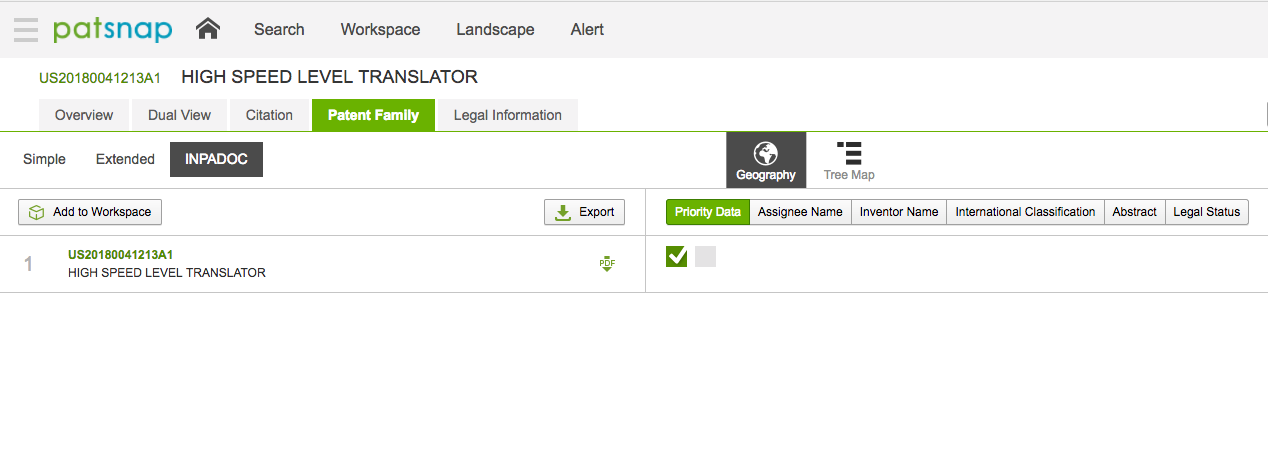
IBM patent INPADOC family (Source: PatSnap platform)
For the same document, PatSnap’s extended family view reveals more patents.
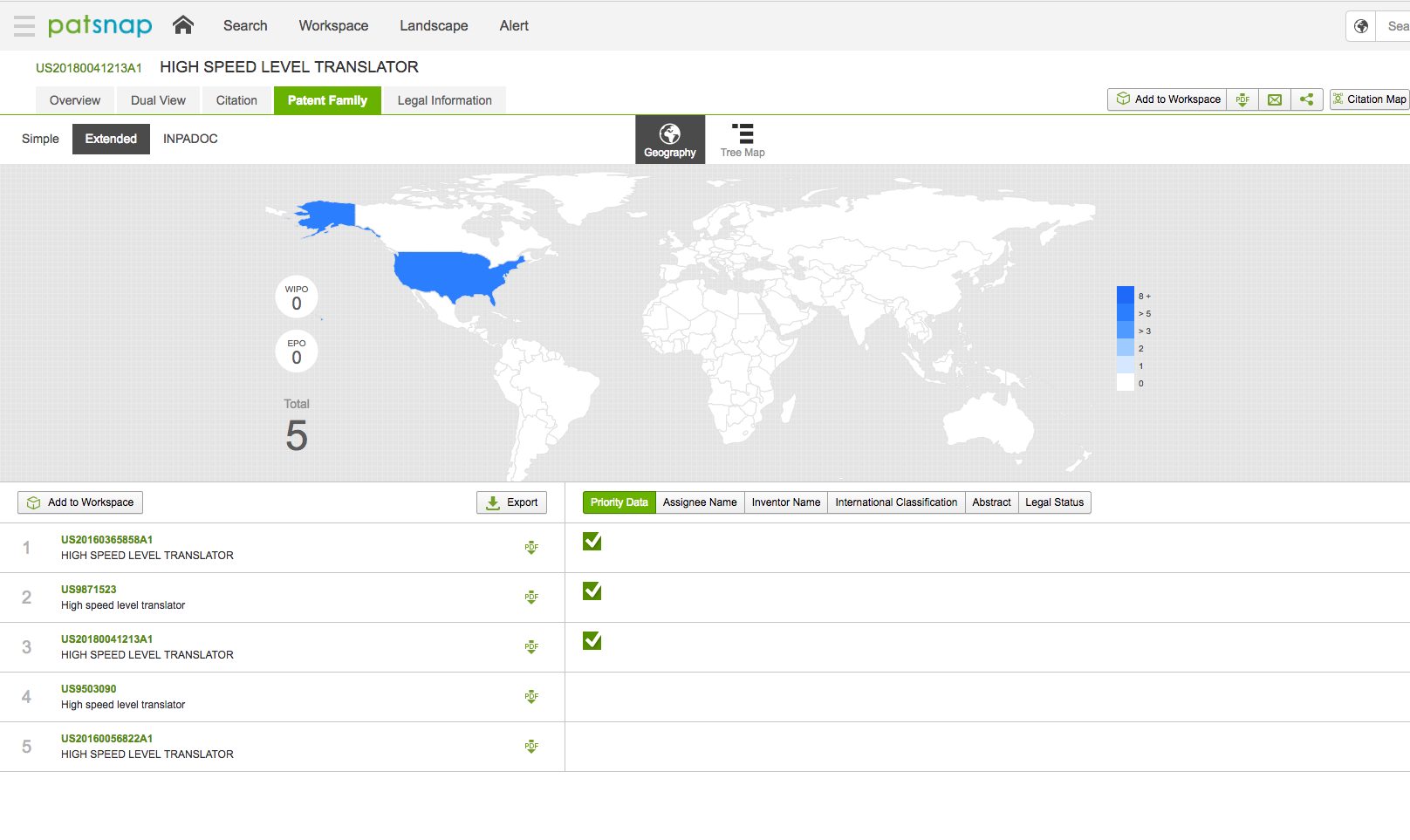
Extended family view on PatSnap for the same IBM patent (Source: PatSnap platform)
Also, recently published patents aren’t always available on free patent search tools because the databases aren’t updated quickly enough. Gene Quinn, founder of IP Watchdog, says that free tools—like Google Patents—have holes in their databases and often you can’t find patents you know exist.
For example, one of IBM’s recent patents—GB201720581D0—which I found on PatSnap was not available on Google Patents at the time of writing (although that may have changed by the time you read this).
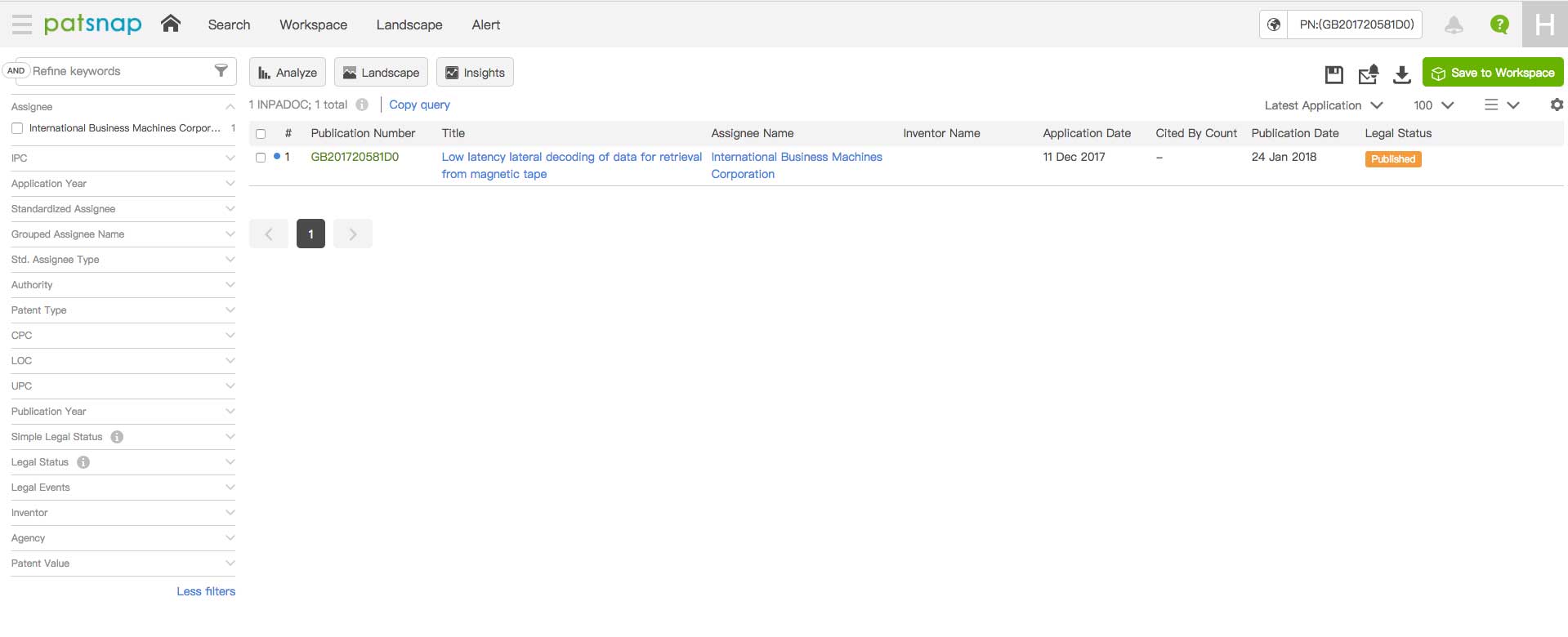
PatSnap
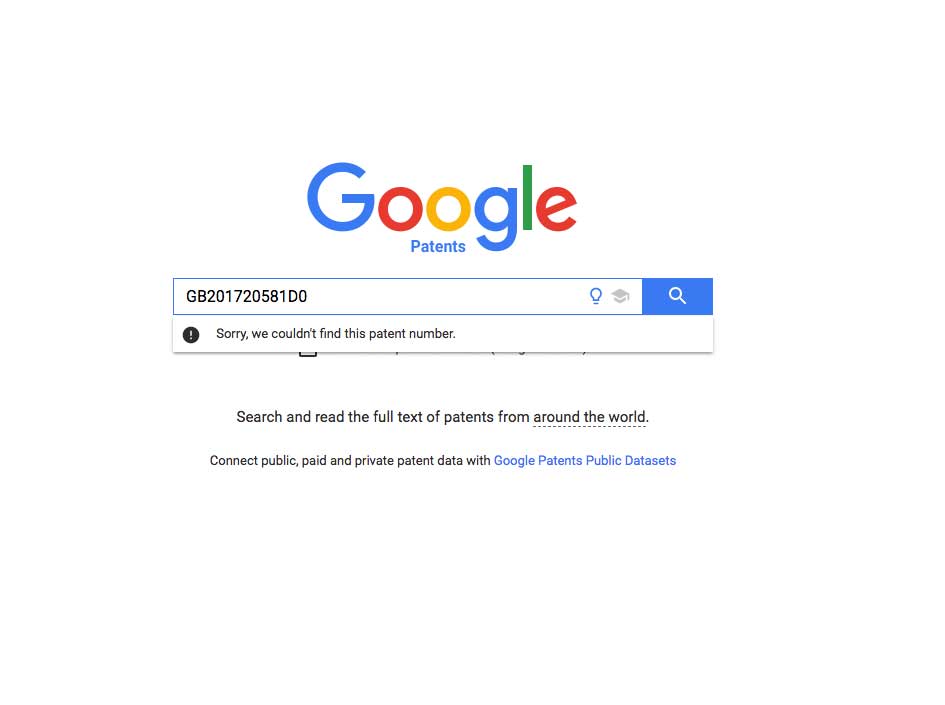
GB201720581D0 not yet on Google Patents
And if that doesn’t convince you, look at Google Patent's disclaimer about its patent data coverage. The text basically says, “We do our best, but no guarantees,”—even Google admits it has inexplicable holes in its data. In the high-stakes world of R&D and intellectual property, that’s just not good enough (at least it shouldn’t be).

Not suitable for non-IP users
R&D professionals read patents to extract important technical information but free patent search tools often make this task extremely complicated. That’s why it’s crucial that you use a user-friendly patent search tool which fosters collaboration between IP and non-IP professionals.
Patent analytics tools, like PatSnap, are valuable to R&D professionals who are looking for strategic insight to support their innovation strategy.
Some of PatSnap’s R&D clients use patent landscapes to understand where the whitespaces within their industries lie, so they can validate new project ideas. For example, the image below shows a landscape for pending patents relating to artificial intelligence. You could use this landscape to decide where you should innovate, by identifying areas with the most opportunity for technological expansion.
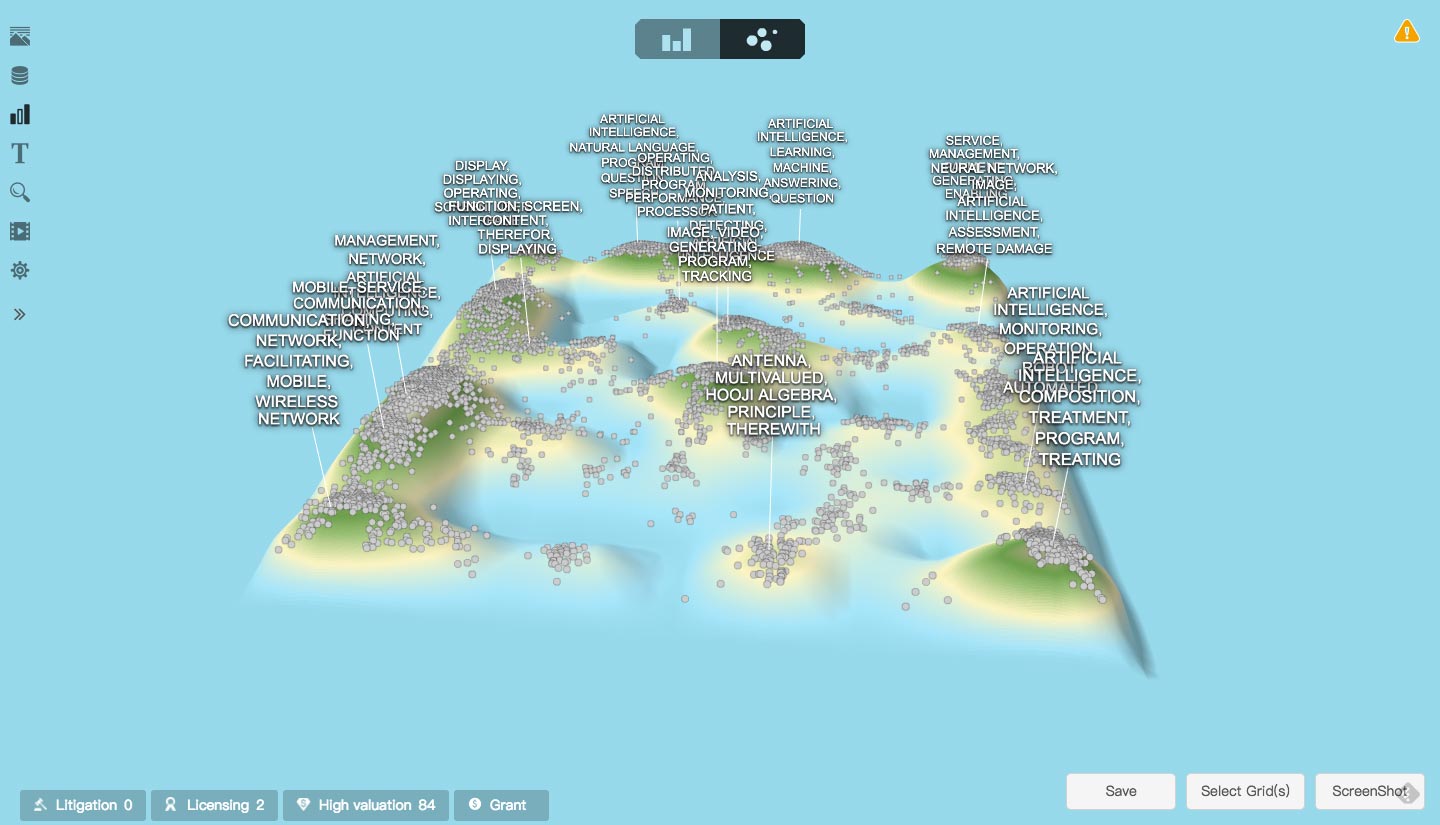
(PatSnap platform)
Too much junk in search results
Free tools provide you with volumes of patents but make it hard to sift out irrelevant results. You could be spending days wading through a list of patents when, if you had a better tool, all you’d need is a few hours. PatSnap can extract insight from your overwhelming list of patents, using powerful filters and one-click reports—for example, you can find the most claim-heavy, highly valued or most cited patents with just one mouse click. This way, you can make the most of your patent search in a small amount of time.
Or you could generate a graph that shows emerging companies within your technology space, so you can justify a change in strategy to senior executives.
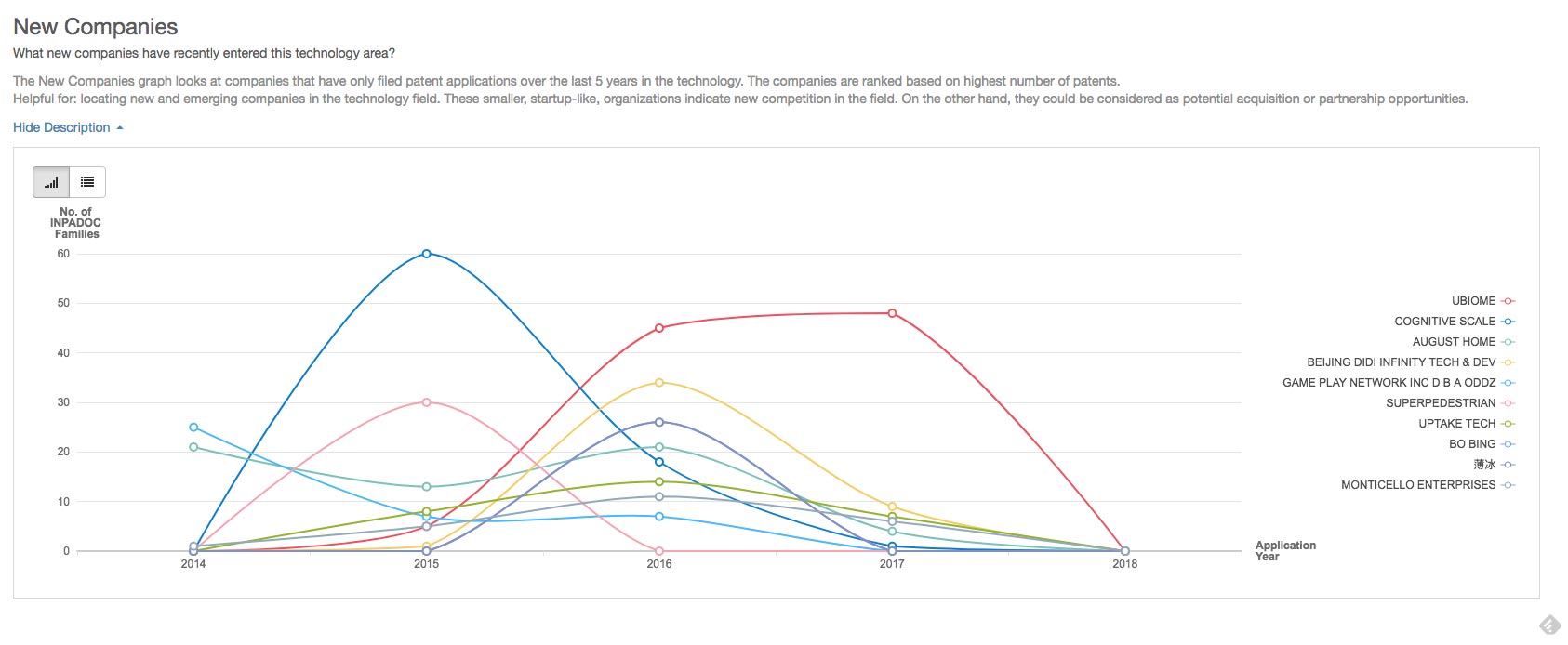
(PatSnap platform)
Cannot share or save work
After spending hours searching for patents in free tools, you can’t save and share interesting findings with your colleagues. This inability to share and delegate tasks can be frustrating and cause bottlenecks in your process. And, if your colleagues are doing similar patent searches, you could be duplicating efforts.
PatSnap, for example, lets you export information in a variety of formats, such as Excel or PDF. You can also save your searches into Workspaces, where you can create folders for different projects and assign tasks to your colleagues.

(PatSnap platform)

(PatSnap platform)
A free tool may initially seem like a cost saving but it’s actually a time and productivity drain, as well as an uncomfortable financial gamble. One of the largest patent infringement cases involved Gilead Sciences paying $2.5 billion to Merck in damages. Would you be willing to risk billions for the small price of a patent analytics tool?
Learn more about how PatSnap can help you
Want to learn more about the PatSnap platform? Request a personalised demonstration now to understand how you can extract value from patent data.
Your recommended content
-

Patsnap Surpasses US$100 Million in Annual Recurring Revenue
Category: Article | Category: News/PR
Wednesday, June 12, 2024
Patsnap has reached a significant milestone of achieving $100M in Annual Recurring Revenue (ARR), marking an impressive 20% year-over-year growth in 2023. This milestone highlights the massive and meaningful value our platform brings to over 12,000 IP and R&D teams across 50 countries, driving efficiency, productivity, and collaboration.
-

Introducing Hiro, an AI assistant built for IP and R&D workflows
Category: AI advancements | Category: AI development | Category: AI-tools | Category: Article | Category: artificial intelligence
Tuesday, May 14, 2024
Powered by Patsnap’s industry-specific LLM, Hiro is designed to streamline IP and R&D workflows from ideation to product launch. With its robust AI capabilities, Hiro brings a new level of efficiency, precision, and security to tasks that were once time-consuming and labor-intensive.What sets Hiro apart is that it draws from our large language model that’s been trained on market-leading patent records, academic papers, and proprietary innovation data. This ensures we deliver more accurate and reliable results for every prompt.
-
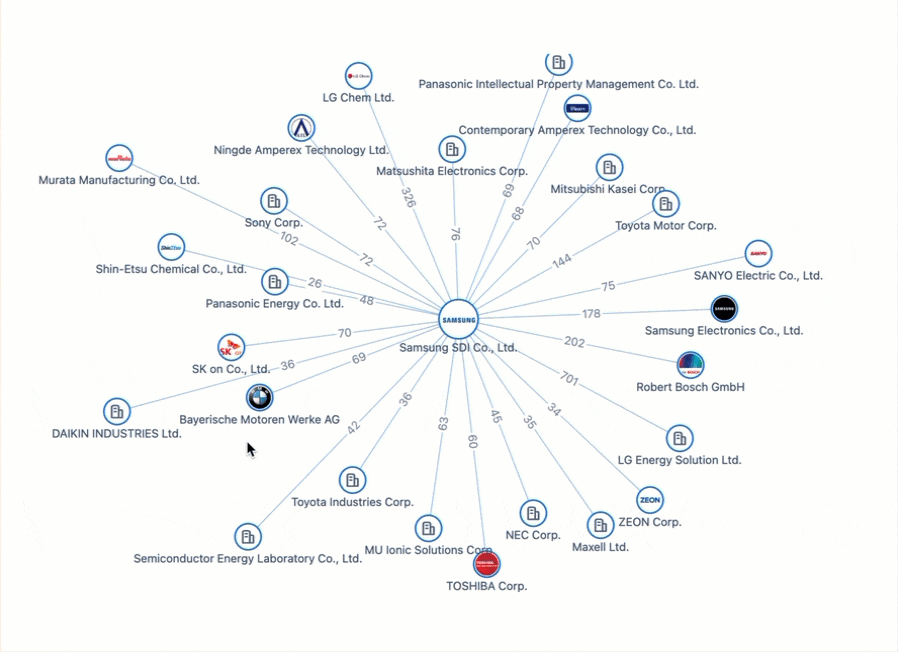
Powering the Future of Electric Vehicles: The Battle for Battery Innovation and Patents
Category: Article | Category: battery technology | Category: electric vehicle | Category: EV | Category: lithium ion | Category: lithium ion battery | Category: NEV | Category: new energy vehicles
Monday, April 22, 2024
In the ever-evolving landscape of innovation, the electric vehicle (EV) industry stands as a beacon of technological transformation. As we explore the patents propelling the EV revolution, Apple's venture serves as a poignant example of the challenges even industry giants face in this competitive arena. Join us on a journey through the global patent landscape, where the quest for superior power solutions unfolds, and where the true pioneers of the EV revolution are making their mark.